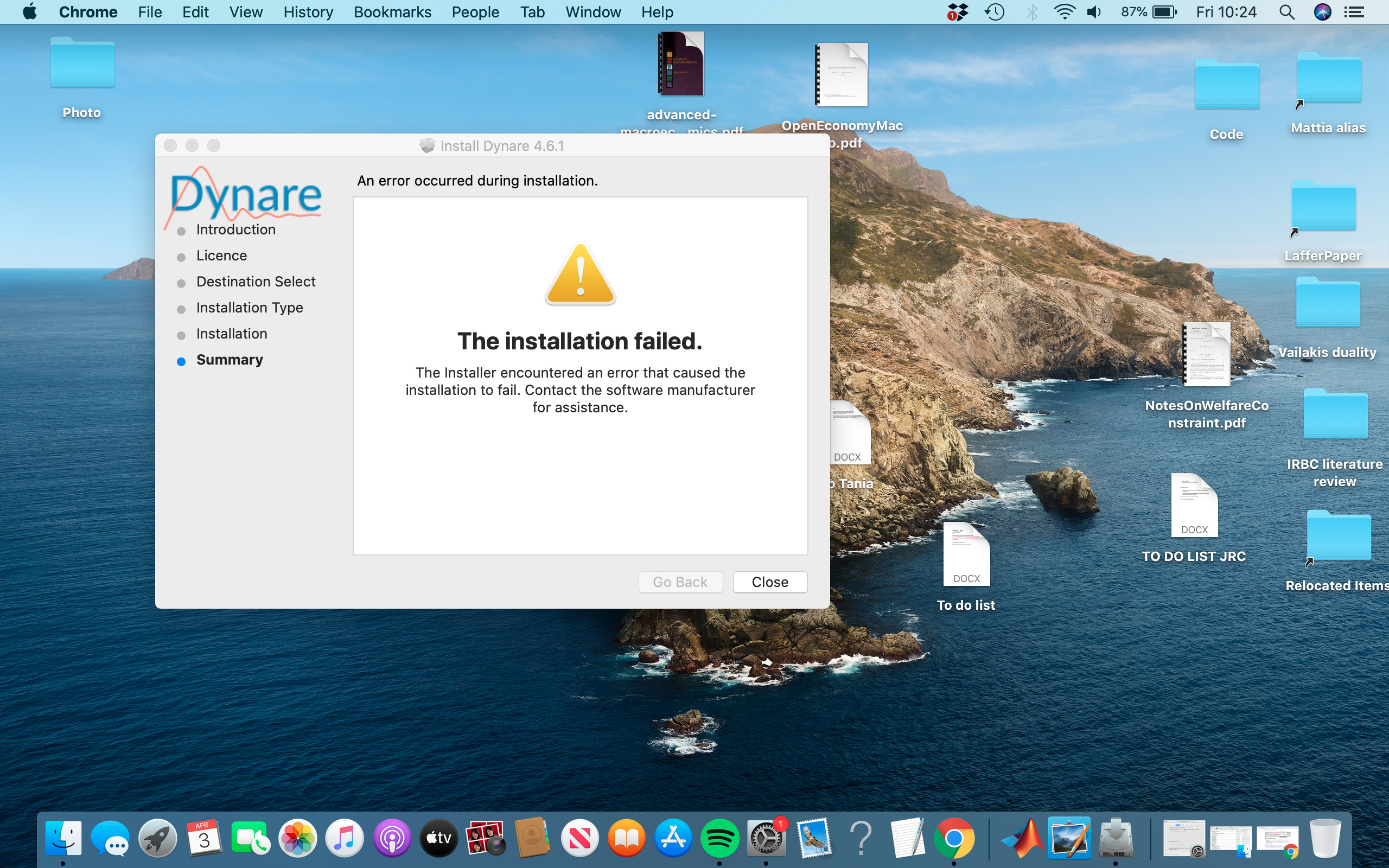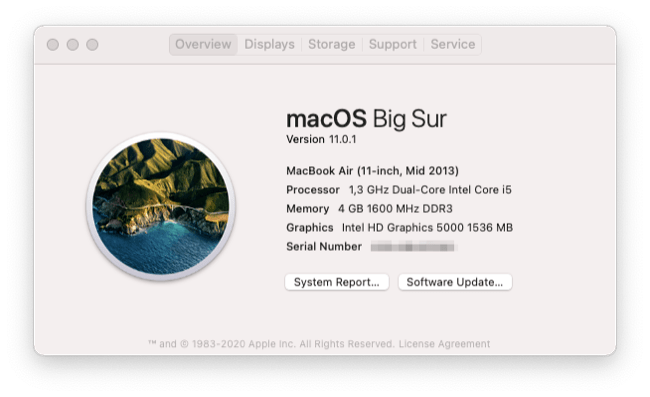- Install Xcode Command Line Tools Catalina 2020
- Install Xcode Command Line Tools Catalina Os
- Install Xcode Command Line Tools Catalina Free
- Install Xcode Command Line Tools Catalina
- Install Xcode Command Line Tools Catalina
- Install Xcode Command Line Tools Catalina Download
Mac users with macOS Mojave and macOS Catalina, and new operating systems in place can now install Command Line Tools from the Xcode IDE without needing to install the entire Xcode package, or opening an Apple developers account.
Did you know: Using Xcode app leaves behind a lot of junk files a.k.a. 'development junk.' These files are usually hidden from view but you can delete them with a Mac maintenance app CleanMyMac X.
- Install Xcode and the Xcode Command Line Tools; Agree to Xcode license in Terminal: sudo xcodebuild -license; Install MacPorts for your version of the Mac operating system: KeyHoleTV is the method to watch Japanese TV. KeyHole is the fastest digital system that enables broadcasting or viewing of video or audio.
- I usually partition my SSDs so that I can keep multiple bootable macOS versions on it for running such older tooling and apps. I can answer the first and third part. 1) Any of the values returned by -dominfo 2) The device node entry. Any entry of the form of /dev/disk. Ex: /dev/disk2 3) The disk identifier.
In the past, writing command tools in Xcode has been relatively simple. There was no need for any Info.plist file or code signature, so all you concentrated on was your code. Those days have gone: to be hardened and signed, as required by Catalina, your tool needs an Info.plist file, a signature, and the hardening flag.
In this article, we cover how you can install this optional and highly useful Command Line Tools package.
X code 11. Credit: developerinsider
What is the Xcode Command Line Tools package?
For Mac power users — we wouldn't recommend downloading this unless you are comfortable with Terminal — the Xcode Command Line Tools package gives you a complete Unix toolkit accessible through Terminal. No developer account needed and you don't need to download the entire — and quite large Xcode package of executables.
Within the Xcode Command Line toolkit, Mac users gain access to numerous useful tools, utilities, and compilers, including make, GCC, clang, perl, svn, git, size, strip, strings, libtool, cpp, and many others. All of these commands are a default part of Linux systems and programs.
We recommend following these steps for those with the following operating systems running on a Mac: macOS 10.13 High Sierra, macOS 10.14 Mojave, and macOS 10.15 Catalia onward. It isn't always possible to download these Xcode Command Line Tools, following these steps, on Mac’s running older operating systems. Other ways to install command tools and gcc (without needing Xcode) is available through the Apple Developer website.
Here is how you install Xcode Command Line Tools.

How to install Xcode Command Line Tools?
- Go to Terminal in /Applications/Utilities/.
- Input the following command string in Terminal:
xcode-select —install - In the same way when you are downloading new software and apps, a popup update window will appear asking you: “The xcode-select command requires the command line developer tools. Would you like to install the tools now?”
- Select confirm by clicking Install.
- Wait for the Xcode Command Line Tools package to install. It is around 130 MB and usually installs fairly quickly; although it depends on your connection.
- Once everything is installed, the installer goes away and you should be able to any of the new commands that you’ve now got access to. Enjoy using your new Unix command line tools!
Alternative way to install command line tools
If the Terminal combination didn't work, open the Finder > Go to Folder...menu.
Paste in the following path:/System/Library/CoreServices
In that location, find the app called Install Command Line Developer Tools.app — it will have a blue globe icon.
Click this app and then try the Terminal method explained above.
With this new download, you should have access to 61 Unix command line tools. For example, one of the advantages of having these tools is you can install new apps and software directly from the source code instead of needing to go through the package manager and usual download route.
To access or view everything you've now got, go to the following directory:
/Library/Developer/CommandLineTools/
Please note, this is the root /Library of your macOS/OS X, not the ~/Library directory.
All of these tools can also be found in: /Library/Developer/CommandLineTools/usr/bin/
These tools like small executable apps (which they are):
What happens if I encounter problems downloading these?
If you get an error message that says “Can’t install the software because it is not currently available from the Software Update server”, it means you've already got the Xcode package on your Mac. Mac OS X 10.9 onward, Xcode was already installed, which is why you aren't able to download these tools. However, what you can do is uninstall the entire Xcode app if you'd prefer to only access these tools and not a whole load of software that isn’t going to be of much use.
Watch out for Xcode junk
The Xcode junk is one of those types of clutter that is keeps accumulating in remote places on your Mac. It could take up a few gigs of your space. The only app that seems to address this problem is CleanMyMac X by MacPaw. It’s loved by many Mac developers because it collects those specific types of development junk, like Xcode or outdated libraries.
Once you launch the app, click on System Junk > Scan. Then, click “Review Details”

CleanMyMac X is a powerful Mac performance improvement app. It makes your Mac as good as new. Let it scan your system and clear out any unwanted Xcode, development and system junk that is taking up too much space and cluttering up your Mac. In a few clicks, your Mac could be running smoother, quicker and more efficiently.
Question or issue on macOS:
I just updated XCode and the command line tools to 11.4. Now when I run svn it says “svn: error: The subversion command line tools are no longer provided by Xcode”. The release notes say “Command line tool support for Subversion — including svn, git-svn, and related commands is no longer provided by Xcode. If you need Subversion or related command line tools the you need to install the Command Line Tools package by running xcode-select –install.” I seem to be in a loop here, as the tools are installed. Has anyone experienced this problem and resolved it?
How to solve this problem?
Solution no. 1:
macOS Catalina
I had the same issue after upgrading to Catalina 10.15. It’s clearly mentioned in the Apple website that SVN is deprecated in Xcode 11:
You can find it here: https://developer.apple.com/documentation/macos_release_notes/macos_catalina_10_15_release_notes
Command line tool support for Subversion — including svn, git-svn, and related commands — is no longer provided by Xcode.
The solution is to install the standalone Command Line Tools package instead:
followed by:
This will replace the bundled Command Line Tools with the standalone package.
If it doesn’t work for you then try to install it with brew.
brew is a package manager for MacOS so if you don’t have it installed then you can simply install it: https://brew.sh/

macOS Big Sur
I faced the same issue Today (16th November 2020) after upgrading to MacOS Big Sur. I was able to fix it by installing the SVN again using brew install svn command.
If you faced permission errors after running above command, you can fix it by running following command.
Solution no. 2:
in Xcode 11.4. Svn has been removed.
Solution no. 3:
I had same issue from Netbeans and have done the following from command line and now all fine
Solution no. 4:
- /bin/bash -c “$(curl -fsSL https://raw.githubusercontent.com/Homebrew/install/master/install.sh)”
- brew install svn
Solution no. 5:
Coming from a FreeBSD background we elected to install SVN via MacPorts which is akin to FreeBSD Ports. So basically one would first need to install MacPorts and then install SVN as follows:
Some details –
Install MacPorts: https://www.macports.org/install.php
Install SVN: https://trac.macports.org/wiki/howto/Subversion
Install Xcode Command Line Tools Catalina 2020
It took less than five(5) minutes and works well for us.
Solution no. 6:
my mac os version is macOs Catalina 10.15.5,I try
but it not work.so I try to install with source code.It’s work!
now,you can find it in /usr/local/bin/
Solution no. 7:
I switched to SVNKIT which works very well for my purposes. Since I’m doing a lot of Java development is no drawback for me that SVNKIT is based on Java.
The big advantage is that SVNKIT will still work even if Apple throws SVN out completely.
Solution no. 8:
Based partly on the other answers here, I built from source with this procedure:
Install Xcode Command Line Tools Catalina Os
- Download & unpack svn source tarball (NOT zip file!) from
https://subversion.apache.org/download.cgi cd subversion-1.14.0./get-deps(this seems to have downloaded apr and apr-util but not
built them)cd aprsudo mkdir /usr/local/opt
(because I did not already have such a directory on a fresh Mac)./configure --prefix=/usr/local/opt/aprmakemake test
(saw lots of “OK” and “SUCCESS”, plus one failure in “testsock”)sudo make installcd ../apr-util./configure --prefix=/usr/local/opt/apr-util --with-apr=/usr/local/opt/aprcd ..make./configure --with-apr=/usr/local/opt/apr --with-apr-util=/usr/local/opt/apr-util --with-lz4=internal --with-utf8proc=internalmakesudo make install
Install Xcode Command Line Tools Catalina Free
Solution no. 9:
I found svn still available on my Mac (upgraded from 10.15.x -> Big Sur, including XCode upgrade) in
Install Xcode Command Line Tools Catalina
In the Apple Developers forum I read the suggestion to make an alias, which worked for me. However, considering svn is being dropped by Apple, this will probably not work on new installs, but it could be useful for those of us that just want it to work for now after upgrading.


Install Xcode Command Line Tools Catalina
Note: I found it easier to just make a symbolic link to svn: